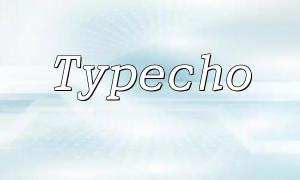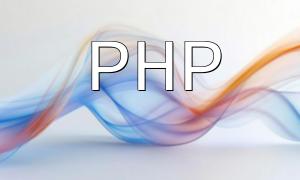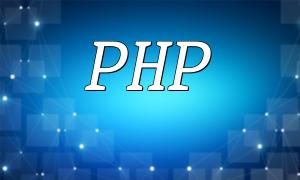PHPUnit is the most widely used unit testing framework in the PHP ecosystem, helping developers verify code correctness and maintain project quality. This guide will walk you through how to configure and use PHPUnit for testing within PHPStorm.
First, you need to properly configure the PHP interpreter in PHPStorm. The PHP interpreter executes PHP code, and ensuring PHPStorm recognizes and runs PHP scripts is essential for subsequent operations.
Composer is a dependency management tool for PHP. Installing and initializing Composer for your project makes it easy to manage libraries such as PHPUnit. Ensure Composer is correctly set up to enable automatic PHPUnit installation.
You can download the phpunit.phar file manually or install PHPUnit automatically using Composer, saving it within your project directory. Next, integrate PHPUnit into your PHPStorm project, supporting manual or automatic configuration.
PHPStorm allows you to quickly generate PHPUnit test files for specified classes. After writing your test cases, make sure your tests cover the necessary functionality to improve code quality.
After setup, use PHPStorm's debugger to run your test cases and verify all tests pass without errors. The debugging feature helps quickly locate and fix potential issues.
The above content thoroughly explains how to set up a PHPUnit testing environment and the workflow for using it. Mastering these steps enables you to conduct PHP unit testing more efficiently and improve your development productivity and code quality.









